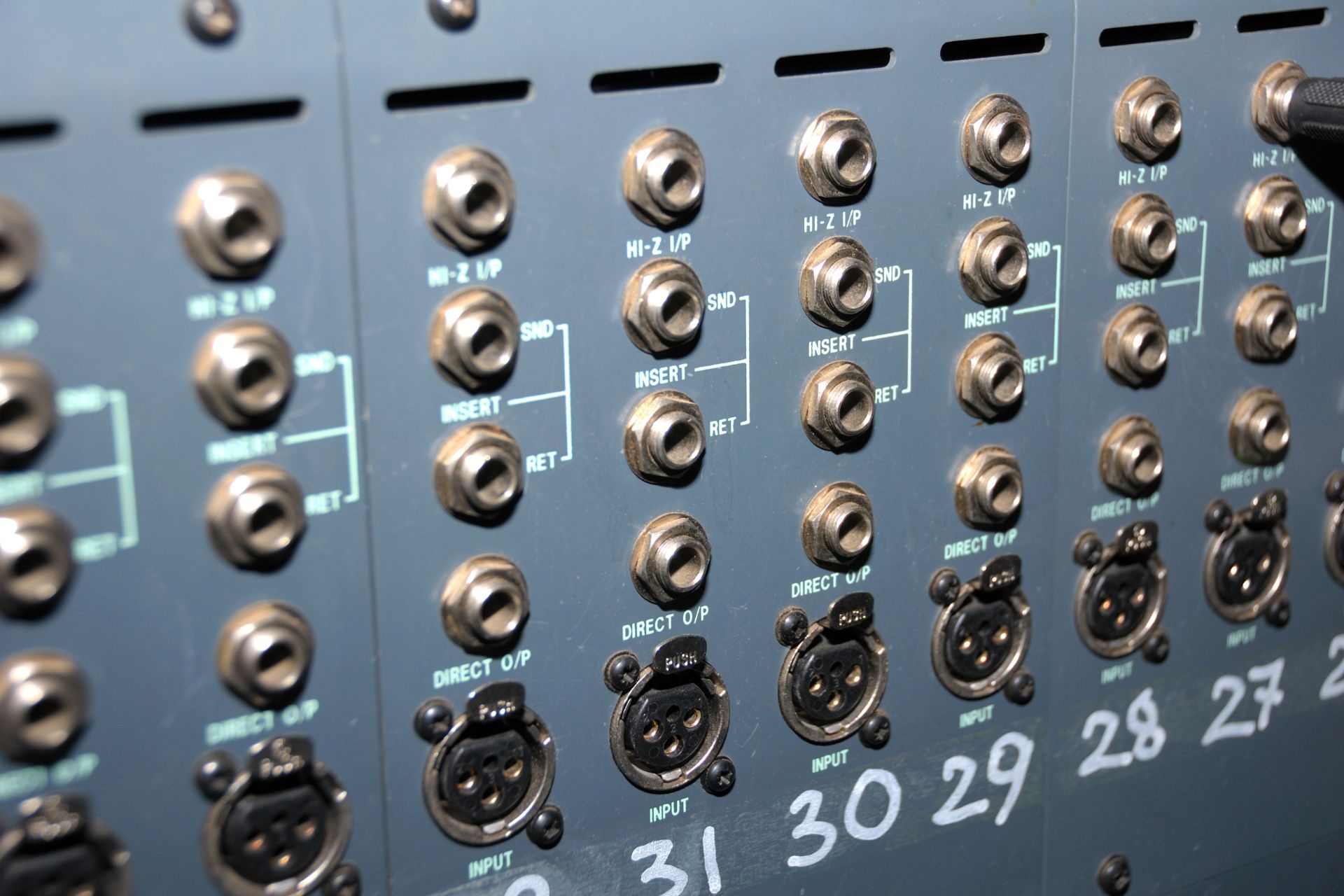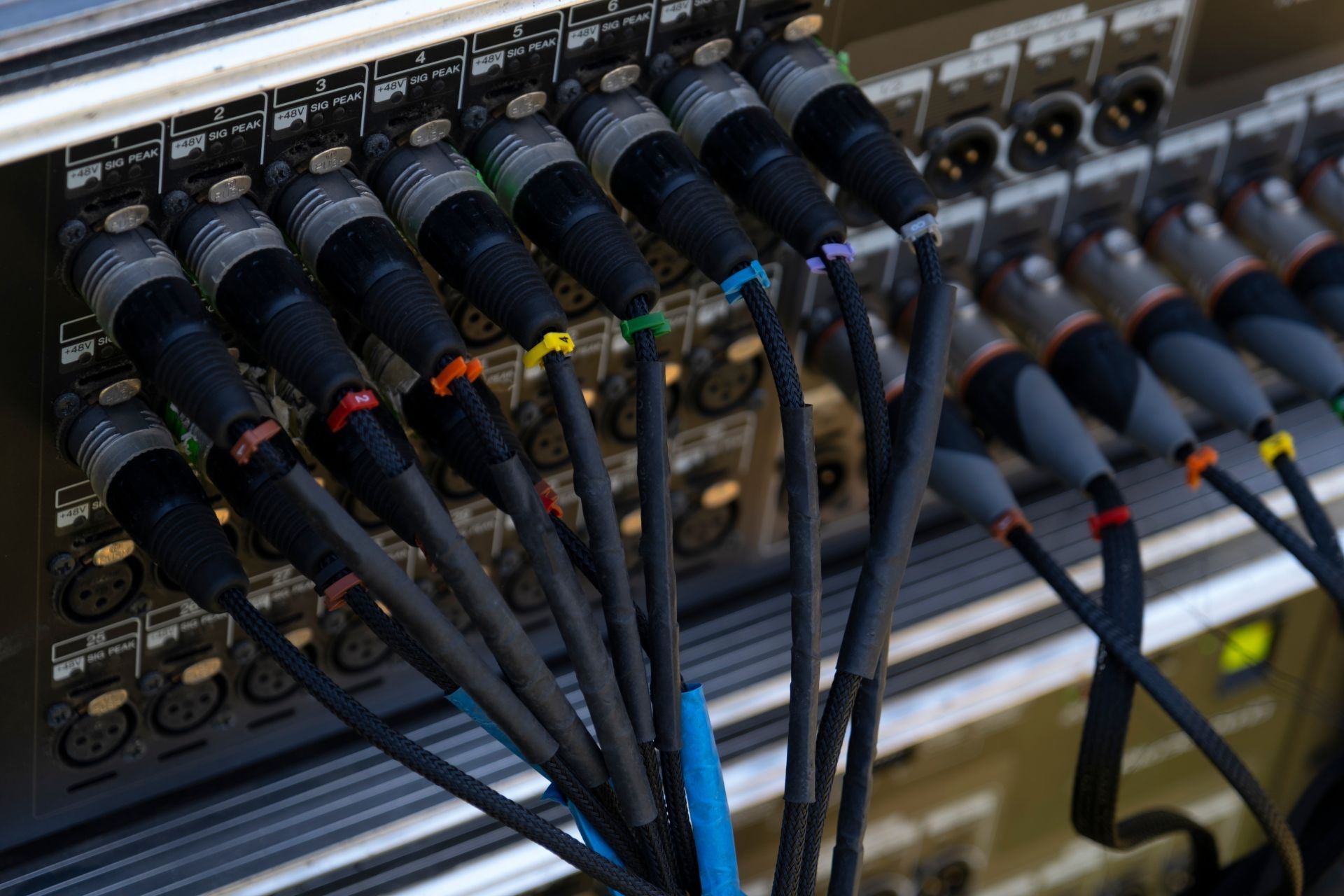

AI-driven predictive maintenance improves the efficiency of storage solutions by utilizing advanced algorithms to analyze large amounts of data collected from the storage systems. These algorithms can detect patterns and anomalies in the data, allowing for the early identification of potential issues or failures. By predicting maintenance needs in advance, storage solutions can be serviced or repaired before a major problem occurs, minimizing downtime and maximizing the overall efficiency of the system. This proactive approach to maintenance helps to prevent costly breakdowns and ensures that the storage solution operates at optimal performance levels.
Implementing AI-driven predictive maintenance in storage solutions offers several key benefits. Firstly, it enables proactive maintenance, allowing for the early detection of potential issues before they escalate into major problems. This helps to reduce downtime and improve the reliability of the storage system. Secondly, AI algorithms can analyze vast amounts of data in real-time, providing valuable insights into the performance and health of the storage solution. This data-driven approach allows for more accurate and efficient maintenance planning, optimizing maintenance schedules and minimizing costs. Lastly, AI-driven predictive maintenance can extend the lifespan of storage systems by identifying and addressing potential issues before they cause irreversible damage.
Federated learning marks a milestone in enhancing collaborative model AI training. It is shifting the main approach to machine learning, moving away from the traditional centralized training methods towards more decentralized ones. Data is scattered, and we need to leverage it as training data where it exists.This paradigm is nothing new. I was playing around with it in the 1990s. What’s old is new again… again. Federated learning allows for the collaborative training of machine learning models across multiple devices or servers, harnessing their collective data without needing to exchange or centralize it. Why should you care? Security and privacy, that’s why.To read this article in full, please click here
Posted by on 2024-03-19
Falco, the open-source, cloud-native, runtime security tool, recently graduated from the Cloud Native Computing Foundation’s incubation program. That means it’s considered stable and ready for use in production environments, including Azure. It joins many of the key components of a cloud-native platform including Helm, Envoy, etcd, KEDA, and Cloud Events.I recently had a conversation with Loris Degioanni, the CTO and founder of cloud-native security company Sysdig and the creator of Falco, about the philosophy behind the project and how it’s being used across Kubernetes applications.To read this article in full, please click here
Posted by on 2024-03-15
Web development platform provider Netlify has added AI-enabled deploy assist capabilities to its Composable Web Platform.Unveiled March 7, AI-enabled deploy assist analyzes failed deployments and offers suggestions to correct errors. Netlify said the feature is intended to reduce the time developers spend manually reviewing logs and debugging failed builds, ensuring failed builds do not become bottlenecks and improving the developer experience.Netlify CTO Dana Lawson explained how the company’s AI addresses issues across toolsets. “When building composable architectures, teams are pulling in tools, content, and integrations that suit them best. When issues happen, it’s not always clear what part of your composable architecture is having issues. It could be code, configuration, etc,” Lawson said.To read this article in full, please click here
Posted by on 2024-03-07
I recently participated in a documentary called “Clouded II: Does Cloud Cost the Earth?” Please watch it. It looks at the issues surrounding cloud computing, its consumption of power, and thus its potential impact on the planet.The documentary did an excellent job of balancing perspectives. I don’t think anyone is arguing that data centers should not exist, but those data centers should be efficient and minimize power consumption. This means optimizing the resources we use and moving away from the “store all the data” mentality we’ve had for the past 50 years. We created 64 zettabytes of global data in 2020, and it has gotten worse in the years since.To read this article in full, please click here
Posted by on 2024-03-01
Cloudflare has announced the development of Firewall for AI, a protection layer that can be deployed in front of large language models (LLMs) that promises to identify abuses before they reach the models.Unveiled March 4, Firewall for AI is intended to be an advanced web application firewall (WAF) for applications that use LLMs, comprising a set of tools that can be deployed in front of applications to detect vulnerabilities and provide visibility into the threats to models.To read this article in full, please click here
Posted by on 2024-03-05
AI technology enables early detection of potential issues in storage systems by continuously monitoring and analyzing various data points. These data points can include temperature readings, vibration levels, power consumption, and other performance metrics. AI algorithms can detect patterns and anomalies in this data, allowing for the identification of potential issues or failures at an early stage. For example, if the temperature of a storage system starts to rise abnormally, the AI algorithm can flag this as a potential issue and alert the maintenance team. By detecting these issues early on, appropriate actions can be taken to prevent further damage or downtime.

AI algorithms analyze various types of data to predict maintenance needs in storage solutions. This can include historical data such as previous maintenance records, failure patterns, and performance trends. Additionally, real-time data from sensors and monitoring systems is also analyzed, including temperature readings, vibration levels, power consumption, and other relevant metrics. By combining historical and real-time data, AI algorithms can identify patterns and anomalies that indicate potential maintenance needs. This data-driven approach allows for more accurate predictions and helps to optimize maintenance schedules and resource allocation.
Yes, AI-driven predictive maintenance can help reduce downtime and improve the reliability of storage systems. By proactively identifying potential issues before they escalate into major problems, maintenance can be scheduled and performed in a timely manner, minimizing downtime. This proactive approach also helps to prevent unexpected breakdowns and ensures that the storage system operates at optimal performance levels. By addressing maintenance needs before they cause significant disruptions, AI-driven predictive maintenance improves the overall reliability and availability of the storage solution.

AI technology optimizes maintenance schedules and minimizes costs in storage solutions by analyzing data and identifying the most efficient and cost-effective maintenance strategies. AI algorithms can consider factors such as the criticality of different components, historical failure patterns, and resource availability to optimize maintenance schedules. By prioritizing maintenance tasks based on their impact and urgency, AI-driven predictive maintenance ensures that resources are allocated efficiently and downtime is minimized. This data-driven approach also helps to reduce unnecessary maintenance activities, saving costs associated with unnecessary repairs or replacements.
There are several real-world examples of successful implementation of AI-driven predictive maintenance in storage solutions. For instance, a large logistics company implemented AI algorithms to analyze data from their warehouse storage systems. By monitoring temperature, humidity, and other relevant metrics, the AI system could predict potential failures in the cooling systems and alert the maintenance team in advance. This proactive approach helped to prevent costly breakdowns and ensured that the storage systems operated at optimal conditions. Another example is a data center that utilized AI algorithms to analyze power consumption and performance data from their storage infrastructure. By detecting anomalies and patterns in the data, the AI system could predict potential failures and schedule maintenance activities accordingly, reducing downtime and improving the reliability of the storage systems. These real-world examples demonstrate the effectiveness of AI-driven predictive maintenance in optimizing the efficiency and reliability of storage solutions.
